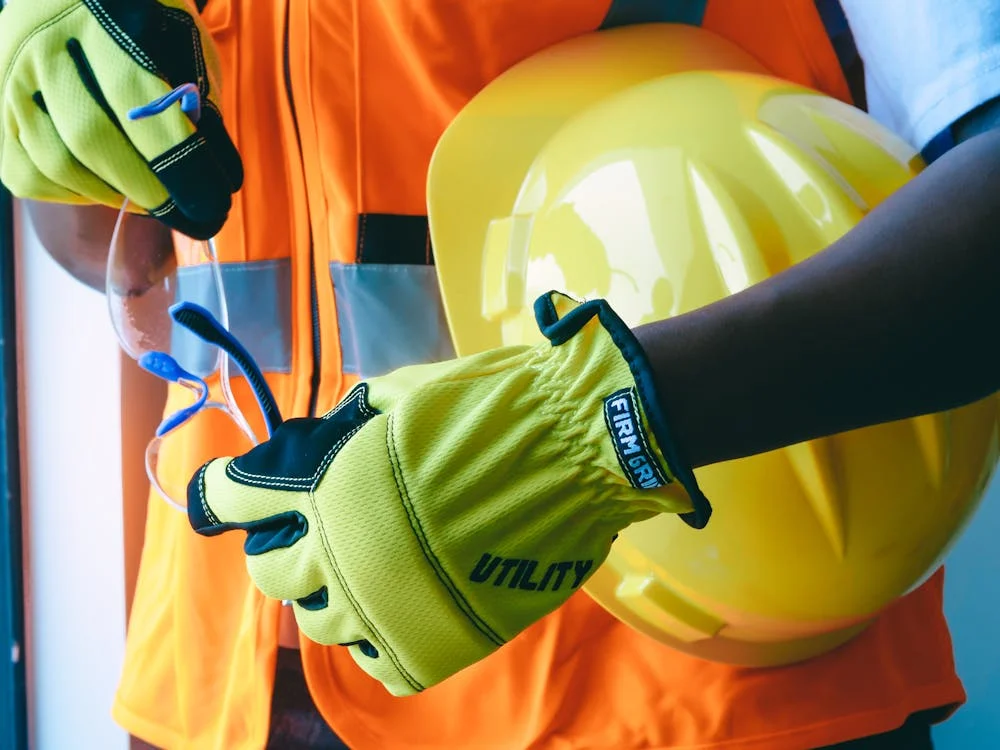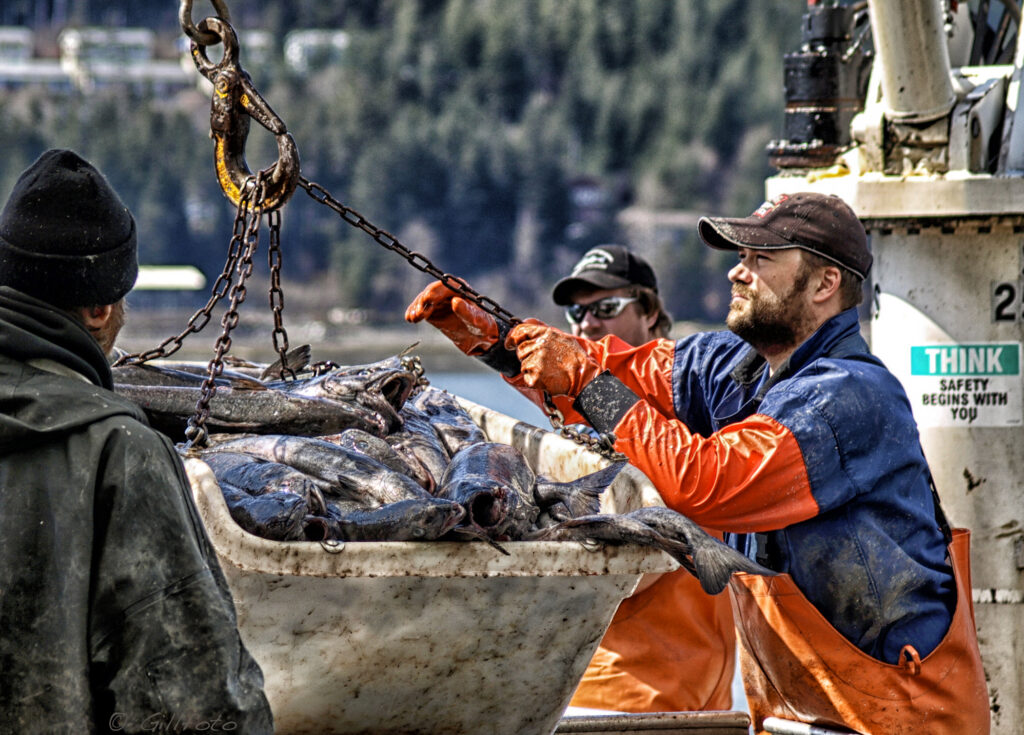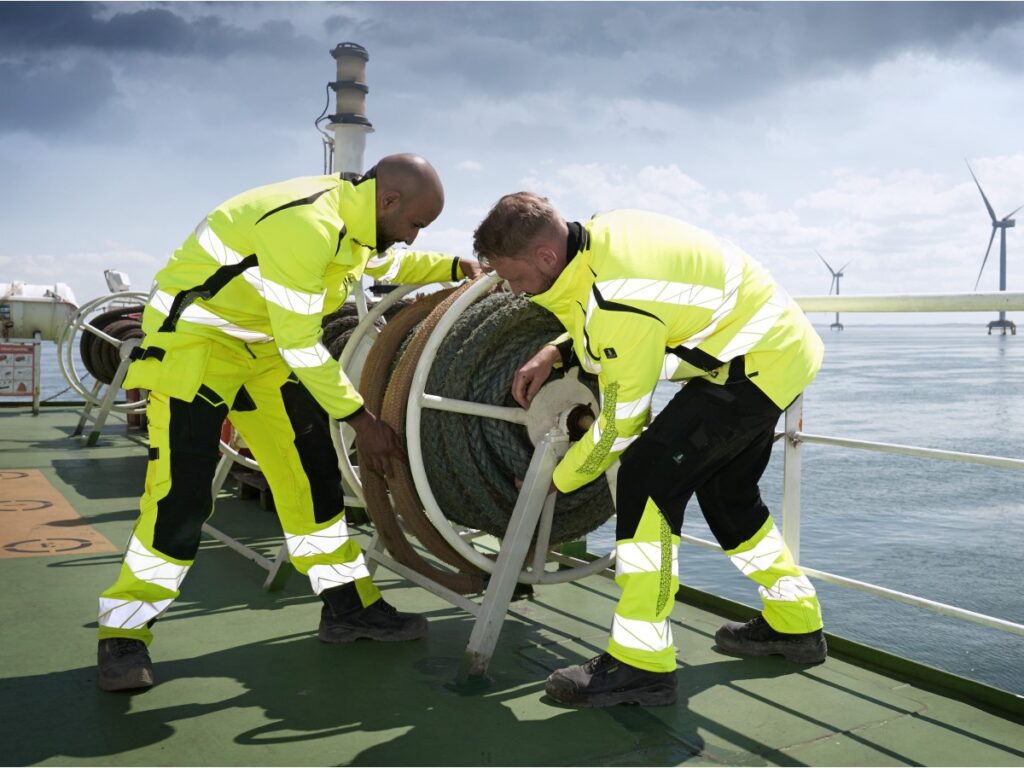
Investing in high-quality thermal workwear isn’t enough—proper maintenance, laundering, and storage practices are crucial to maximizing garment life, preserving thermal performance, and maintaining compliance standards.
This practical guide covers essential care steps, helping you reduce replacement costs, improve garment durability, and ensure consistent worker protection.
Why Proper Care Matters
Improper garment maintenance can lead to:
- Reduced thermal and waterproof performance
- Premature fabric degradation
- Increased safety risks (visibility/FR rating loss)
- Higher replacement and compliance costs
Proper care significantly extends garment life, optimizes investment, and enhances worker comfort and safety.
Essential Laundering Guidelines
Correct washing practices are critical to garment longevity:
| Garment Type | Recommended Washing Instructions | Drying Recommendations |
|---|---|---|
| Synthetic insulated (PrimaLoft®, Thinsulate™) | Gentle cycle, mild detergent, max 40°C water | Low heat tumble-dry; air dry |
| FR clothing | FR-specific detergents, avoid bleach, max 60°C water | Low heat; avoid direct heat sources |
| Hi-Vis garments | Mild detergent, avoid bleach, max 40°C water | Line dry or tumble-dry low |
| Wool (Merino layers) | Wool detergent, gentle cycle, max 30°C water | Lay flat to dry; avoid tumble drying |
| Heated garments | Remove batteries; gentle cycle, max 30°C water | Air dry only; avoid dryers |
Practical Tip:
Always refer to the manufacturer’s label for precise washing instructions. Deviations can void warranty and reduce protective performance.
Maintaining Waterproof & Breathable Fabrics
Recommended Practices:
- Use mild, non-detergent cleaners to preserve DWR (Durable Water Repellent) finish.
- Periodically reapply DWR spray to restore waterproofing (every 5–10 washes).
- Avoid fabric softeners—these damage membrane performance.
Common Mistakes to Avoid:
- Washing with harsh detergents (reduces breathability).
- High-temperature drying (can melt/damage waterproof membranes).
- Neglecting regular reapplication of DWR treatments.
Real-world insight:
A UK construction firm reported 40% longer garment life after implementing regular DWR retreatments every season.
Caring for Flame-Resistant (FR) Workwear
Maintaining FR garments properly is essential for continued compliance and safety:
Recommended FR Garment Care:
- Wash separately from non-FR clothing to avoid contamination.
- Use FR-specific detergents designed for maintaining flame resistance.
- Avoid chlorine bleach or fabric softeners (both degrade FR properties).
- Regularly inspect FR garments for wear, damage, or contamination.
Common Misconceptions Addressed:
-
Misconception: FR protection wears out after a few washes.
- Truth: Quality FR fabrics remain effective throughout garment lifespan with proper laundering.
-
Misconception: FR garments can be safely dry-cleaned.
- Truth: Most FR garments should be machine washed. Dry cleaning can degrade flame resistance.
Buyer experience:
An oil refinery in Texas maintained full NFPA compliance and reduced garment replacements by 50% by strictly following FR laundering instructions.
Storage Best Practices
Correct storage extends garment life by preventing damage and maintaining shape and protective qualities:
| Garment Type | Storage Recommendation |
|---|---|
| Insulated jackets & parkas | Store in dry, ventilated areas; avoid damp storage |
| FR garments | Hang garments; avoid folding to reduce creases |
| Hi-Vis clothing | Keep away from direct sunlight to prevent fading |
| Wool garments | Fold loosely, store flat to avoid stretching |
| Heated garments | Remove batteries before storage; store batteries separately |
Additional Storage Tips:
- Inspect garments thoroughly before seasonal storage.
- Repair minor damage promptly to prevent deterioration during storage.
Checklist for Care & Maintenance (Print & Post):
- [ ] Establish clear laundering protocols per garment type.
- [ ] Train staff on proper laundering, drying, and storage.
- [ ] Regularly inspect garments for wear, tear, or contamination.
- [ ] Schedule periodic reapplication of waterproof treatments (DWR).
- [ ] Maintain detailed records of laundering and inspections.
- [ ] Rotate garment inventory regularly to prevent uneven wear.
Buyer FAQs Clearly Addressed
Q: "Can we use commercial laundry services for insulated or FR gear?"
A: Yes, if the laundry complies with garment-specific laundering guidelines (FR-rated detergent, low heat drying, etc.).Q: "Does frequent washing reduce garment lifespan?"
A: If done correctly, regular washing actually extends garment life by preventing contamination buildup and fabric degradation.Q: "How often should we inspect garments?"
A: Monthly inspections recommended; daily visual checks advisable in high-risk environments.Q: "What if DWR coating wears off quickly?"
A: Reapply DWR treatment regularly; if rapid wear continues, reassess garment quality or laundering process.
Conclusion: Care Extends Performance & Value
Proper care, laundering, and storage of thermal workwear significantly enhances durability, maintains compliance, improves worker safety, and reduces long-term PPE costs. A proactive approach to garment care ensures you get the most from your workwear investments.
Need help setting up garment care or laundering guidelines?
Email: [email protected]
Website: www.workwearsolutions.net
Zion Zhang
Recent Posts
 Workwear for South American Logistics & Warehousing: Comfort and Safety in Long Shifts2025年9月16日South America’s logistics and warehousing industry is […]
Workwear for South American Logistics & Warehousing: Comfort and Safety in Long Shifts2025年9月16日South America’s logistics and warehousing industry is […] Workwear in Africa’s Construction Boom: Demand, Trends, and Opportunities2025年9月16日Walk through any African city today, and you’ll see […]
Workwear in Africa’s Construction Boom: Demand, Trends, and Opportunities2025年9月16日Walk through any African city today, and you’ll see […] Workwear for Latin American Fishing & Ports: Waterproofing and Corrosion Resistance2025年9月12日Fishing and port industries in Latin America are the […]
Workwear for Latin American Fishing & Ports: Waterproofing and Corrosion Resistance2025年9月12日Fishing and port industries in Latin America are the […] Workwear for South American Agriculture: Durability, Comfort, and Compliance2025年9月12日Agriculture in South America is one of the world’s largest […]
Workwear for South American Agriculture: Durability, Comfort, and Compliance2025年9月12日Agriculture in South America is one of the world’s largest […] High-Visibility Workwear in African Infrastructure Projects: Safety, Standards, and Sourcing Opportunities2025年9月12日From Nairobi’s highways to Lagos’s ports and Addis Ababa’s […]
High-Visibility Workwear in African Infrastructure Projects: Safety, Standards, and Sourcing Opportunities2025年9月12日From Nairobi’s highways to Lagos’s ports and Addis Ababa’s […] Flame-Resistant Workwear in the Middle East Oil & Gas Industry: Safety, Standards, and Sourcing2025年9月11日In the deserts of Saudi Arabia, the offshore rigs of Qatar, […]
Flame-Resistant Workwear in the Middle East Oil & Gas Industry: Safety, Standards, and Sourcing2025年9月11日In the deserts of Saudi Arabia, the offshore rigs of Qatar, […]
CONTACT US
- Feel free to contact us any time. We will get back to you as soon as we can!
- +86-17330061805
